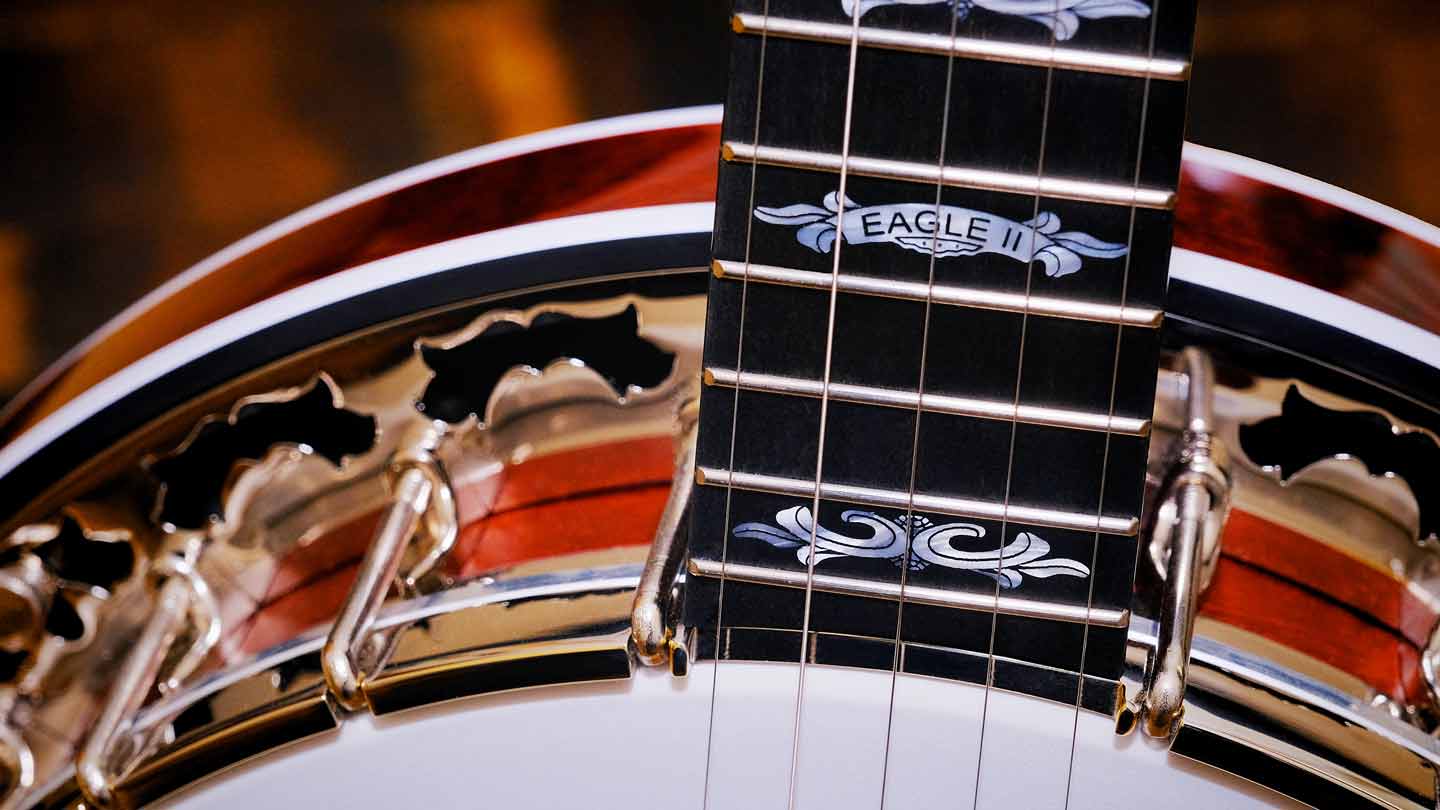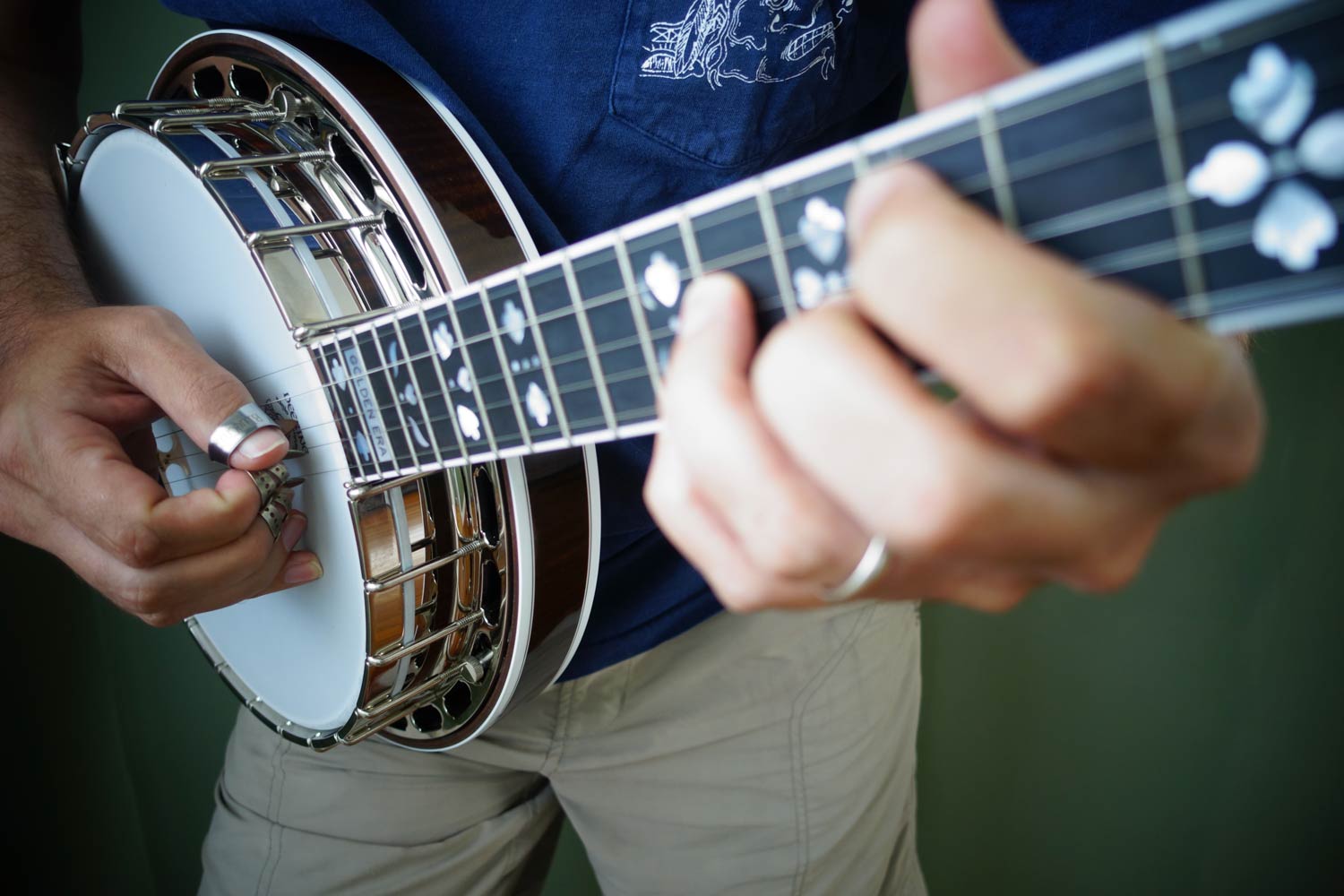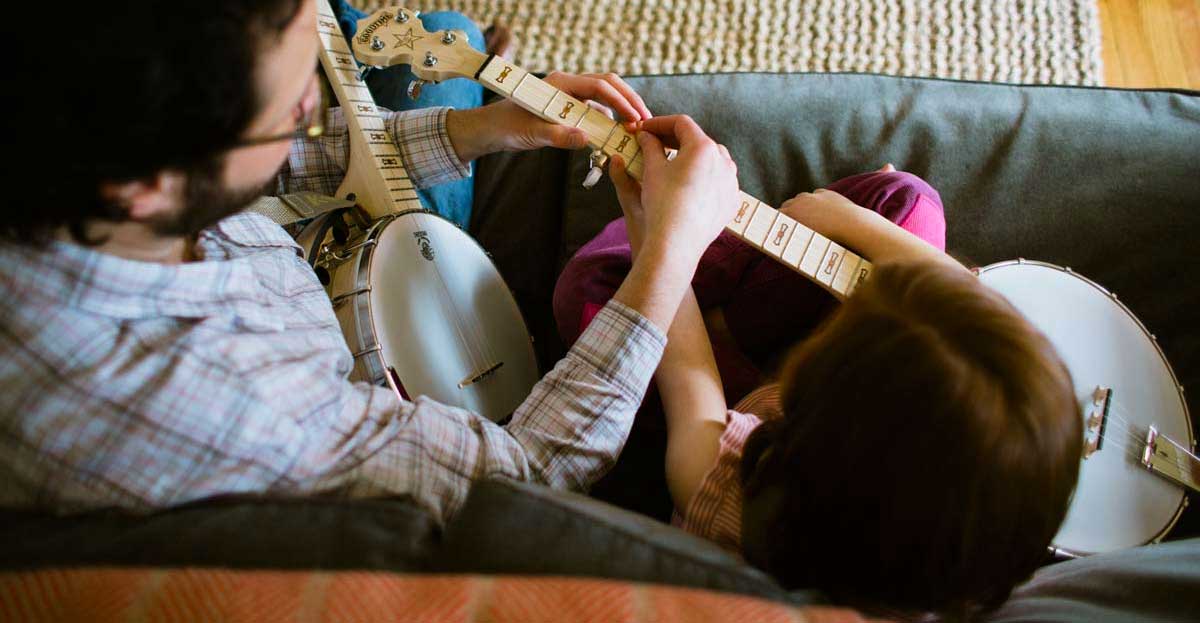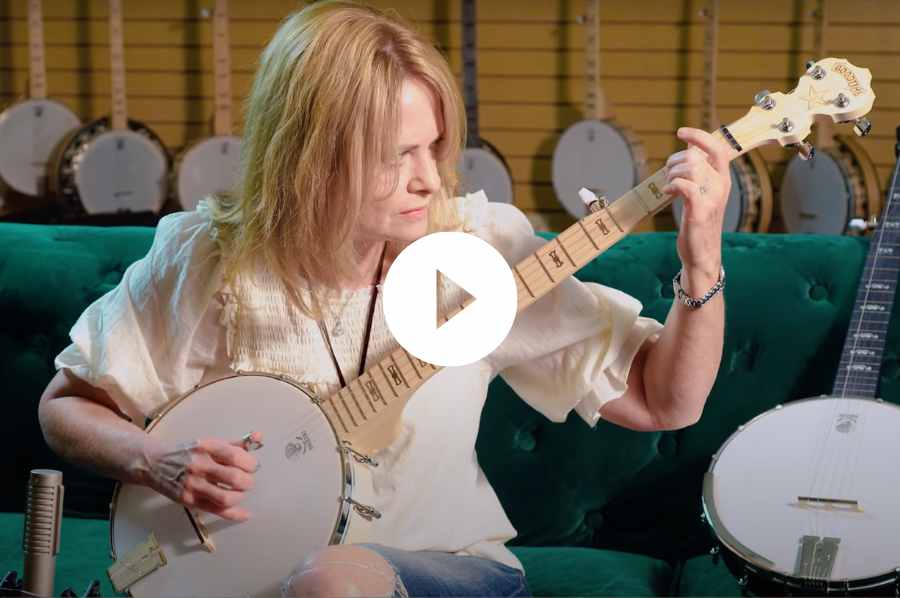Understanding Tenor Banjos
Tenor banjos are 4 string banjos that have a shorter neck and come in two varieties, the 17 fret and the 19 fret. The name “tenor” has nothing to do with a lower pitch such as a vocalist who is a tenor or a tenor saxophone. No one knows for sure where the name tenor came from, but many believe it was a mistake somewhere in history as these type of banjos were used during the American tango craze of the early 20th century and were often called tango banjos. Tango then erroneously became tenor somewhere down the line.
Tenor banjos are generally used for traditional jazz or Irish music and are traditionally played with a flat pick. In traditional jazz the majority of the time you strum the banjo and in Irish music you are generally playing single note melodies.
What makes tenor banjos particularly appealing is that they are traditionally tuned in the musical interval of fifths. This is the same as the string family in an orchestra - violins, violas, and cellos (except the bass).
There are two common ways to tune them - both using fifths.
Standard Tenor Tuning - C, G, D, A - same as viola and cello (cello is an octave lower). Get strings for standard tenor tuning here!
Irish Tenor Tuning - G, D, A, E - same as mandolin and violin! Get strings for Irish tenor tuning here!
A third way to tune the tenor banjo that is popular among guitar players is to tune it in what is called Chicago tuning. This tuning is the same as the first four strings of a guitar - D, G, B, E.
One of the great things about the tenor banjo when tuned in fifths is the wider chord voicings (the notes of the chord are spread out father in pitch) this creates. this allows each individual note of the chord to be heard and produces a clearer, fatter tone than when the notes of a chord are closer together. Another great thing the tuning of 5ths creates is symmetry across all strings when playing a scale, lick, or arpeggio. Find out more about the benefits of this symmetrical tuning here!
I play traditional jazz and I love the percussive nature of the instrument. When playing without a drummer, you really become the drummer of the band. After all, a banjo is just a drum with strings on it!
I also like to use the standard tenor tuning because the first string tuned to a high A note really allows the top note of your chord voicings to cut through and makes it great for chord solos.


















I play 17 fret irish banjo what difference would a 19 fret make ie would their be a difference in tone
I am sure my love for banjos came from my early days in Phila. PA going to the Mummers parade on New Years Day. I have tenor 19 fret banjo and want to learn to play it. What tuning do you feel I would be most comfortable with and style of play?
I am a raw beginner, retired Veterinarian and know nothing about music itself. I am 85 and have lots of time to learn, sp need a patient teacher video.
Plectrum is a shaped piece of plastic (or metal) to pluck strings.
if i have 200 to spend what tenor banjo make would you reccomend
Am an oldie with Deering 17 fret 4 string tune GDAE. No teachers in area, Self taught old country & folk songs. Is it ok if I just use my thumb for down & up stokes. Am much more accurate, and the tone to me less of a ring, and more back porch country. Lastly, am not to good with chords with arthritic problem, but ok with G C D Em , As to online learning. I prefer one on one, but again no one in my area. I even put ad’s on Craigslist, no replies. Just play at home to keep occupied. Am a life long bass player. and quite old. Please. help if you can. I could use a pick. but more comfortable with thumb, Kind of prefer the tone that way.
Many thanks, and appreciation.
Leave a comment